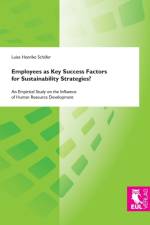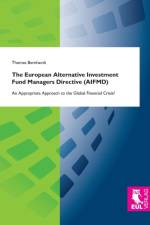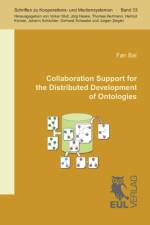Bøger udgivet af Josef Eul Verlag Gmbh
-
479,95 kr. - Bog
- 479,95 kr.
-
- Bog
- 389,96 kr.
-
- Bog
- 559,96 kr.
-
- Bog
- 538,95 kr.
-
- Case Studies from China and Europe
593,96 kr. - Bog
- 593,96 kr.
-
423,96 kr. - Bog
- 423,96 kr.
-
368,95 kr. - Bog
- 368,95 kr.
-
470,95 kr. - Bog
- 470,95 kr.
-
321,96 kr. - Bog
- 321,96 kr.
-
- Bog
- 411,95 kr.
-
- Bog
- 491,96 kr.
-
- Bog
- 491,96 kr.
-
368,95 kr. - Bog
- 368,95 kr.
-
- Bog
- 593,96 kr.
-
- Bog
- 938,95 kr.
-
763,96 kr. The promotion of entrepreneurship in higher education appears in the political spectrum as a new economic policy arena. In this field policy blanks and new kinds of problems need to be addressed. Scholars agree that many of the current structures and models in higher education do not fit the necessary requirements for the development of entrepreneurship training. New perspectives in this field can be gained through an analysis of the feasibility of a policy transfer of the German EXIST-II-Program to Mexico. This program was developed to address the entrepreneurial potential within higher educational institutions through the coordination of entrepreneurial efforts carried out by regional, national and supranational actors.An empirical analysis of the objectives, regulations, actors and governance, personnel (staff), financial resources, beneficiaries and output of the program as well as a comparative study of Germany versus Mexico in this book demonstrates under what conditions the transfer of know-how from Germany, specifically from the EXIST-II-Program to universities in Mexico could be implemented. The research offers alternatives to improve the current ongoing initiatives in Mexico.
- Bog
- 763,96 kr.
-
- Bog
- 479,95 kr.
-
695,96 kr. - Bog
- 695,96 kr.
-
615,95 kr. - Bog
- 615,95 kr.
-
788,95 kr. - Bog
- 788,95 kr.
-
- Bog
- 640,95 kr.
-
538,95 kr. - Bog
- 538,95 kr.
-
538,95 kr. - Bog
- 538,95 kr.
-
- Bog
- 593,96 kr.
-
- Bog
- 615,95 kr.
-
615,95 kr. - Bog
- 615,95 kr.
-
- Bog
- 593,96 kr.
-
627,96 kr. - Bog
- 627,96 kr.
-
- Bog
- 538,95 kr.
-
- Bog
- 538,95 kr.






























